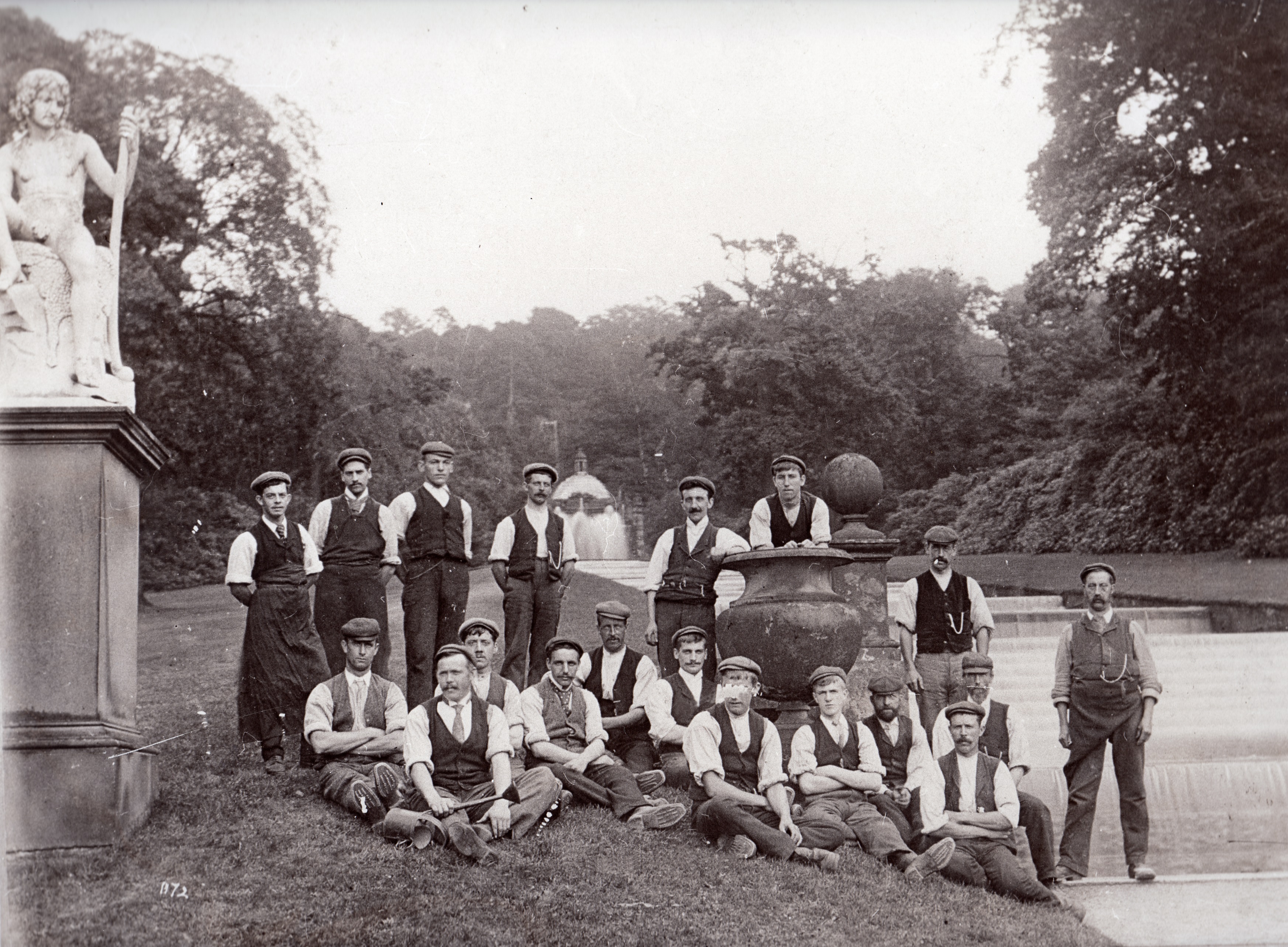Always a popular feature at Chatsworth, the Cascade was a celebrated feature of the 1st Duke’s Garden. Over the centuries, the Cascade has undergone many changes: some due to evolving tastes and fashions, others through necessity.
The 1st Duke may have been inspired by King Louis XIV’s palace at Marly near Versailles which was also a model for the west front of Chatsworth House. The Duke even hired King Louis’s hydraulics engineer Monsieur Grillet to design the waterworks which were completed in 1696.
The Duke then decided to enlarge it even more – creating a longer, steeper and wider water flight of 23 ‘staircase-like’ steps and constructing a new temple, called the Cascade House. The temple was designed by the architect Thomas Archer (1668-1743) at the beginning of the eighteenth century. It is beautifully adorned with sculpted stone features, spouts, fountains, carvings of dolphins, nymphs and a figure of the River God Fluvius.
This was a complicated project and each step of the Cascade is different, so that the sound of the water changes as it falls. And in the temple there is a water trick in the floor so that the Duke could control sudden spurts of water to catch his guests by surprise. One visitor in 1725 reported how jets within the building ‘throw up several streams and wett people’. The spouts in the floor are still there!
By the early 1800s, the Cascade required frequent repairs and renovations. Unfortunately, the construction of a coal tunnel beneath the Cascade in the 1830s to supply heat to the Great Conservatory created further structural issues.
All the water which runs down the Cascade feeds the Sea Horse Fountain in the south lawn and then flows via a pipe into the river Derwent, powering a hydroelectric turbine on its way. It is a masterpiece of nature-based engineering and beauty and is of international cultural significance.




